
views
X
Research source
Many academic fields, from the physical sciences to the life sciences to the social sciences, use hypothesis testing as a means of testing ideas to learn about the world and advance scientific knowledge. Whether you are a beginning scholar or a beginning student taking a class in a science subject, understanding what hypotheses are and being able to generate hypotheses and predictions yourself is very important. These instructions will help get you started.
Preparing to Write a Hypothesis
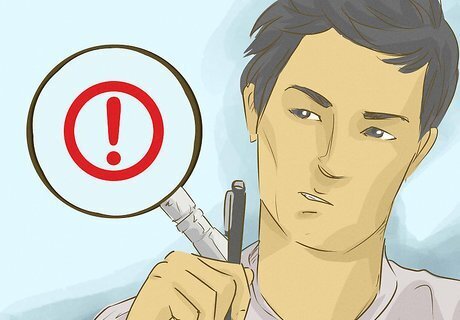
Select a topic. Pick a topic that interests you, and that you think it would be good to know more about. If you are writing a hypothesis for a school assignment, this step may be taken care of for you.

Read existing research. Gather all the information you can about the topic you've selected. You'll need to become an expert on the subject and develop a good grasp of what is already known about the topic. Focus on academic and scholarly writing. You need to be certain that your information is unbiased, accurate, and comprehensive. Scholarly search databases such as Google Scholar and Web of Science can help you find relevant articles from reputable sources. You can find information in textbooks, at a library, and online. If you are in school, you can also ask for help from teachers, librarians, and your peers.
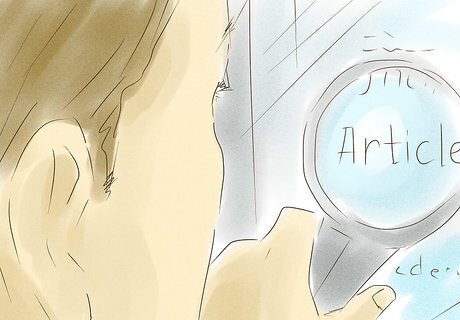
Analyze the literature. Spend some time reading the materials you've collected. As you do so, look for and make note of unanswered questions in the literature. These can provide excellent ideas for areas to investigate. For example, if you are interested in the effects of caffeine on the human body, but notice that nobody seems to have explored whether caffeine affects males differently than it does females, this could be something to formulate a hypothesis about. Or, if you are interested in organic farming, you might notice that no one has tested whether organic fertilizer results in different growth rates for plants than non-organic fertilizer. You can sometimes find holes in the existing literature by looking for statements like “it is unknown” in scientific papers or places where information is clearly missing. You might also find a claim in the literature that seems far-fetched, unlikely, or too good to be true, like that caffeine improves math skills. If the claim is testable, you could provide a great service to scientific knowledge by doing your own investigation. If you confirm the claim, the claim becomes even more credible. If you do not find support for the claim, you are helping with the necessary self-correcting aspect of science. Examining these types of questions provides an excellent way for you to set yourself apart by filling in important gaps in a field of study.

Generate questions. After studying the literature on your topic, generate one or more unanswered questions you'd be interested in exploring further. These are your research questions. Following the examples above, you might ask: "How does caffeine affect females as compared to males?" or "How does organic fertilizer affect plant growth compared to non-organic fertilizer?" The rest of your research will be aimed at answering these questions.
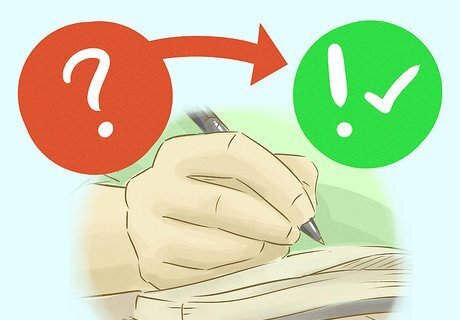
Look for clues as to what the answer might be. Once you have generated your research question or questions, look in the literature to see if the existing findings and/or theories about the topic provide any clues that would allow you to come up with ideas about what the answers to your research questions might be. If so, these clues can form the basis for your hypothesis. Following the examples above, if you discover in the literature that there is a pattern that some other types of stimulants seem to affect females more than males, this could be a clue that the same pattern might be true for caffeine. Similarly, if you observe the pattern that organic fertilizer seems to be associated with smaller plants overall, you might explain this pattern with the hypothesis that plants exposed to organic fertilizer grow more slowly than plants exposed to non-organic fertilizer.
Formulating Your Hypothesis
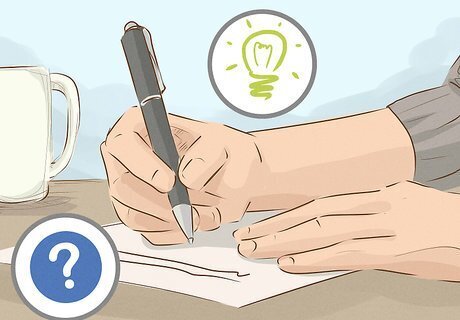
Determine your variables. A generalizing hypothesis describes a pattern you think may exist between two variables: an independent variable and a dependent variable. If your experiments confirm the pattern, you may decide to suggest a reason that the pattern exists or a mechanism that generates the pattern. The reason or mechanism you suggest is an explanatory hypothesis. You can think of the independent variable as the one that is causing some kind of difference or effect to occur. In the examples, the independent variable would be biological sex, i.e. whether a person is male or female, and fertilizer type, i.e. whether the fertilizer is organic or non-organically-based. The dependent variable is what is affected by (i.e. "depends" on) the independent variable. In the examples above, the dependent variable would be the measured impact of caffeine or fertilizer. Your hypothesis should only suggest one relationship. Most importantly, it should only have one independent variable. If you have more than one, you won't be able to determine which one is actually the source of any effects you might observe.
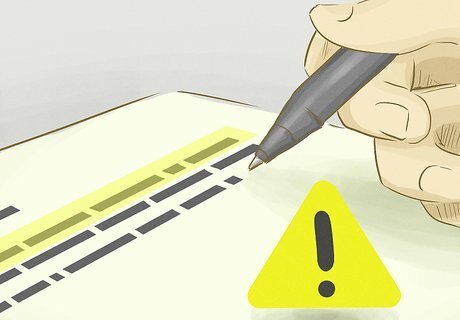
Generate a simple hypothesis. Once you've spent some time thinking about your research question and variables, write down your initial idea about how the variables might be related as a simple declarative statement. Don't worry too much at this point about being precise or detailed. In the examples above, one hypothesis would make a statement about whether a person's biological sex might impact the way the person is affected by caffeine; for example, at this point, your hypothesis might simply be: "a person's biological sex is related to how caffeine affects his or her heart rate." The other hypothesis would make a general statement about plant growth and fertilizer; for example your simple explanatory hypothesis might be "plants given different types of fertilizer are different sizes because they grow at different rates."

Decide on direction. Hypotheses can either be directional or non-directional. A non-directional hypothesis simply says that one variable affects the other in some way, but does not say specifically in what way. A directional hypothesis provides more information about the nature (or "direction") of the relationship, stating specifically how one variable affects the other. Using our example, our non-directional hypotheses would be "there is a relationship between a person's biological sex and how much caffeine increases the person's heart rate," and "there is a relationship between fertilizer type and the speed at which plants grow." Directional predictions using the same example hypotheses above would be : "Females will experience a greater increase in heart rate after consuming caffeine than will males," and "plants fertilized with non-organic fertilizer will grow faster than those fertilized with organic fertilizer." Indeed, these predictions and the hypotheses that allow for them are very different kinds of statements. More on this distinction below. If the literature provides any basis for making a directional prediction, it is better to do so, because it provides more information. Especially in the physical sciences, non-directional predictions are often seen as inadequate.
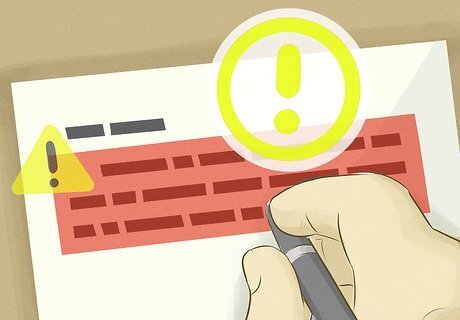
Get specific. Once you have an initial idea on paper, it's time to start refining. Make your hypotheses as specific as you can, so it's clear exactly what ideas you will be testing and make your predictions specific and measurable so that they provide evidence of a relationship between the variables. Where necessary, specify the population (i.e. the people or things) about which you hope to uncover new knowledge. For example, if you were only interested the effects of caffeine on elderly people, your prediction might read: "Females over the age of 65 will experience a greater increase in heart rate than will males of the same age." If you were interested only in how fertilizer affects tomato plants, your prediction might read: "Tomato plants treated with non-organic fertilizer will grow faster in the first three months than will tomato plants treated with organic fertilizer."

Make sure it is testable. Your hypothesis must suggest a relationship between two variables or a reason that two variables are related that can feasibly be observed and measured in the real and observable world. For example, you would not want to make the hypothesis: "red is the prettiest color." This statement is an opinion and it cannot be tested with an experiment. However, proposing the generalizing hypothesis that red is the most popular color is testable with a simple random survey. If you do indeed confirm that red is the most popular color, your next step may be to ask: Why is red the most popular color? The answer you propose is your explanatory hypothesis.
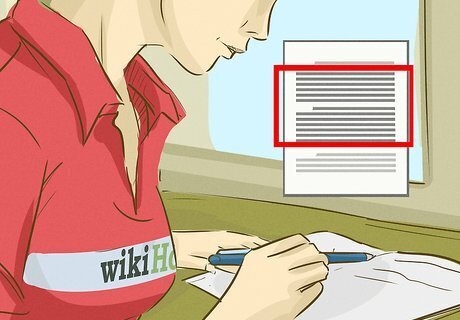
Write a research hypothesis. Often, hypotheses are stated in the form of if-then sentences. For example, "if children are given caffeine, then their heart rates will increase." This statement is not a hypothesis. This kind of statement is a brief description of an experimental method followed by a prediction and is the most common way that hypotheses are misrepresented in science education. An easy way to get to the hypothesis for this method and prediction is to ask yourself why you think heart rates will increase if children are given caffeine. Your explanatory hypothesis in this case may be that caffeine is a stimulant. At this point, some scientists write a research hypothesis, a statement that includes the hypothesis, the experiment, and the prediction all in one statement. For example, If caffeine is a stimulant, and some children are given a drink with caffeine while others are given a drink without caffeine, then the heart rates of those children given a caffeinated drink will increase more than the heart rate of children given a non-caffeinated drink.
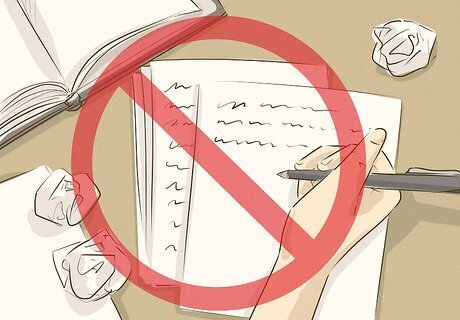
Contextualize your hypothesis. It may sound strange, but researchers rarely ever prove that a hypothesis is right or wrong. Instead, they look for evidence that the opposite of their hypotheses is probably not true. If the opposite (caffeine is not a stimulant) is probably not true, the hypothesis (caffeine is a stimulant) probably is true. Using the above example, if you were to test the effects of caffeine on the heart rates of children, evidence that your hypothesis is not true, sometimes called the null hypothesis, could occur if the heart rates of both the children given the caffeinated drink and the children given the non-caffeinated drink (called the placebo control) did not change, or lowered or raised with the same magnitude, if there was no difference between the two groups of children. It is important to note here that the null hypothesis actually becomes much more useful when researchers test the significance of their results with statistics. When statistics are used on the results of an experiment, a researcher is testing the idea of the null statistical hypothesis. For example, that there is no relationship between two variables or that there is no difference between two groups.

Test your hypothesis. Make your observations or conduct your experiment. Your evidence may allow you to reject your null hypotheses, thus lending support to your experimental hypothesis. However, your evidence may not allow you to reject your null hypothesis and this is okay. Any result is important, even when your result sends you back to the drawing board. Constantly having to go "back to the drawing board" and refine your ideas is how authentic science really works!














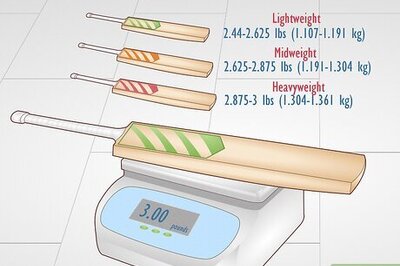




Comments
0 comment